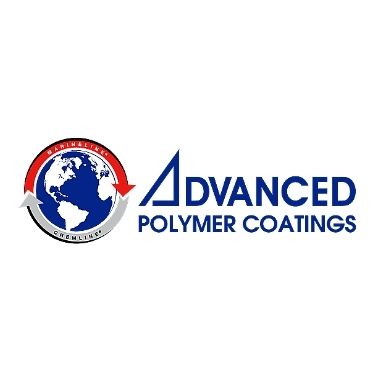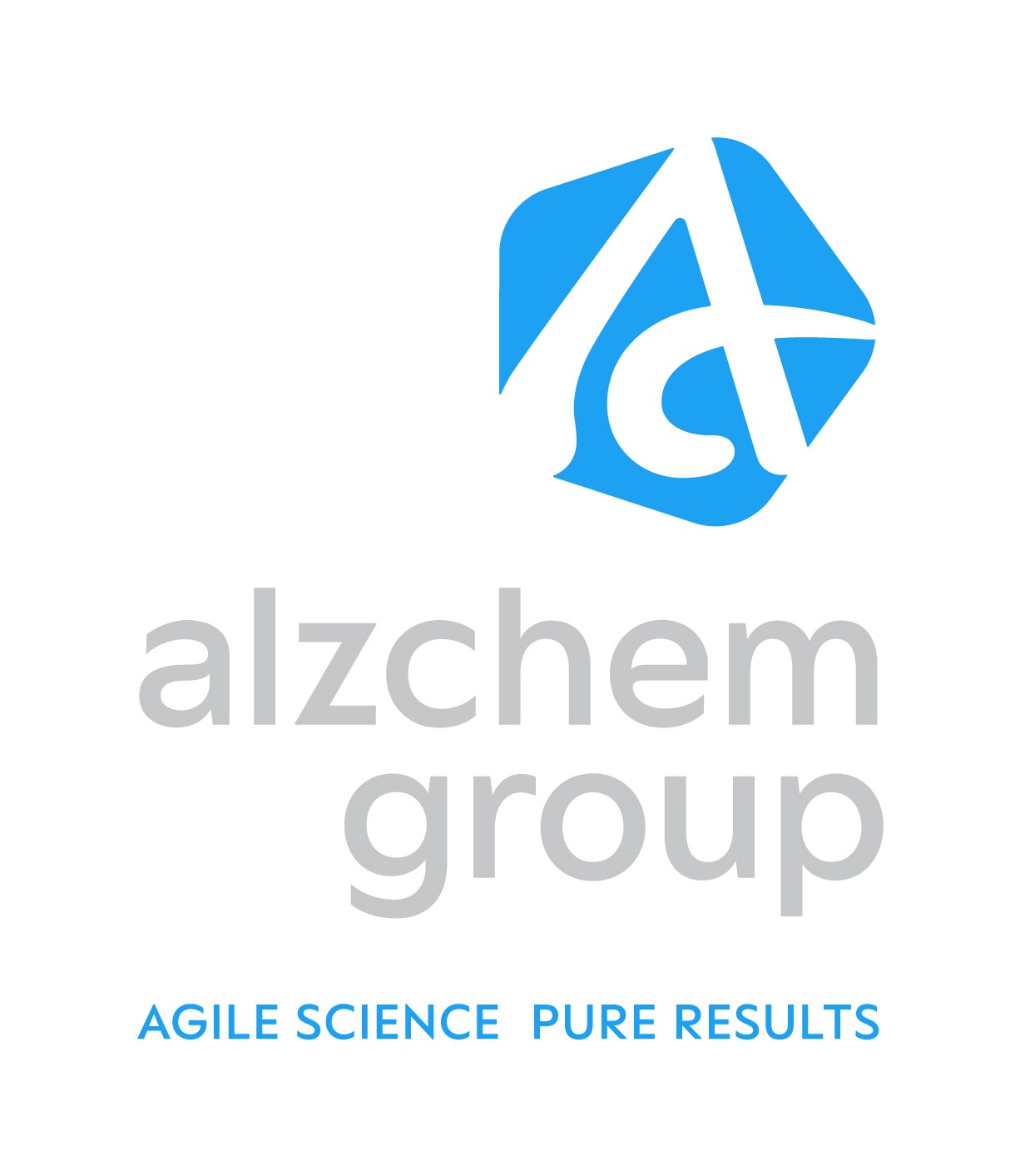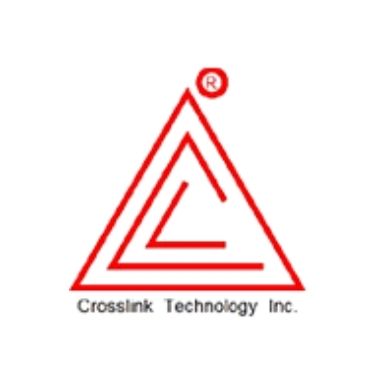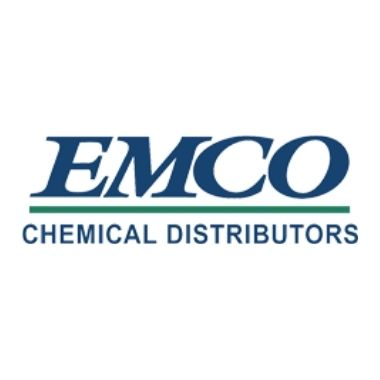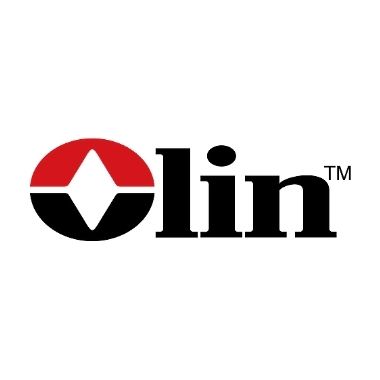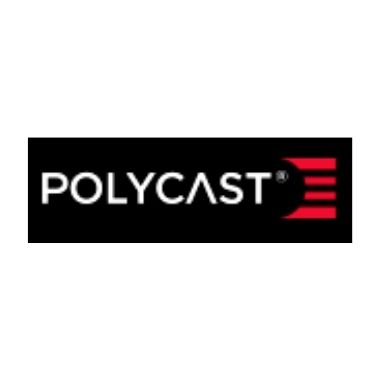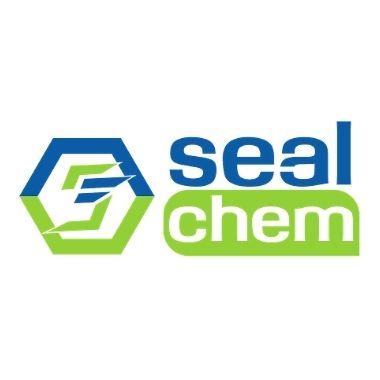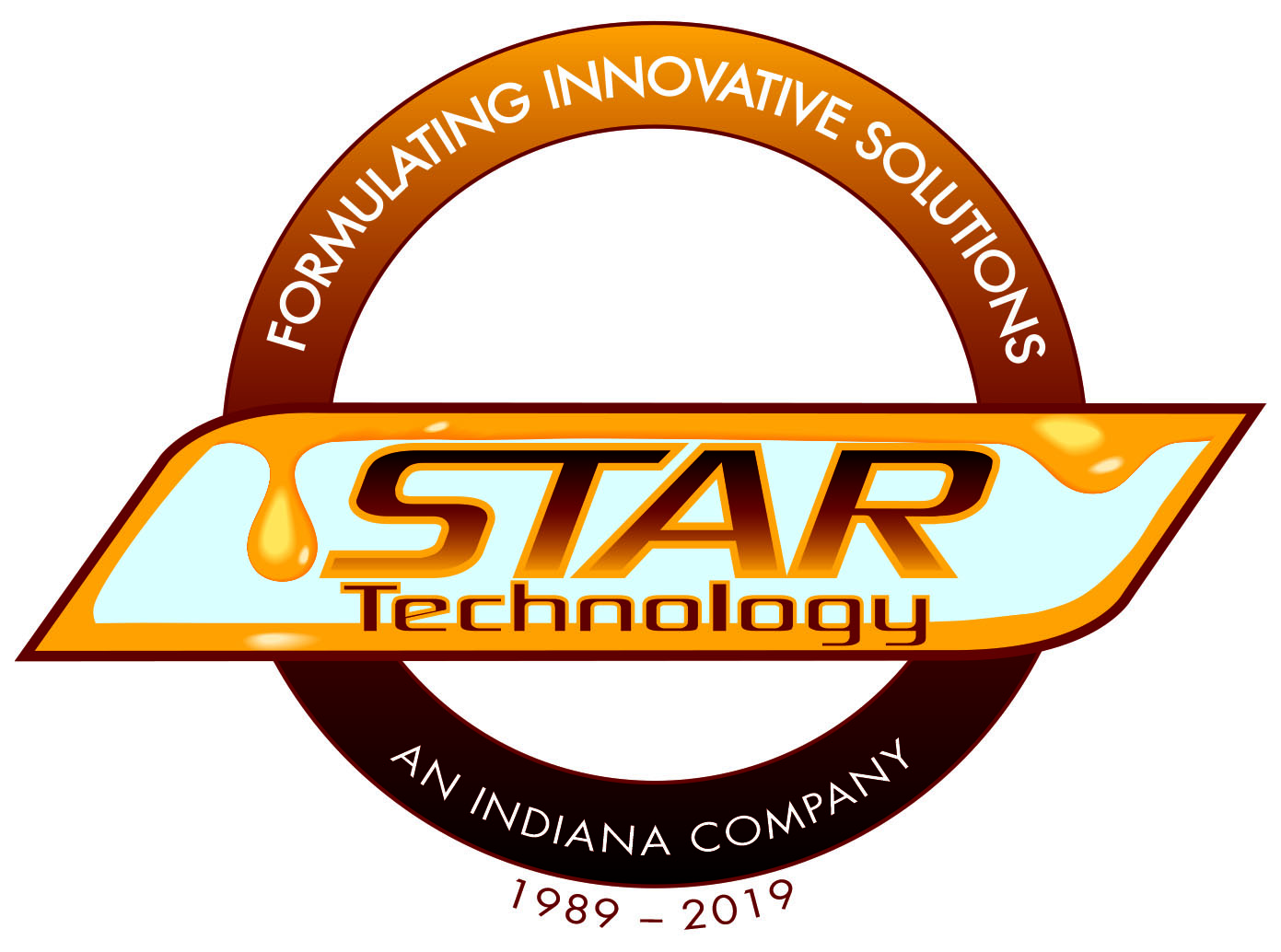2023 Annual Meeting Technical Papers
Technical Paper presentations are essential to achieving one of the association's key objectives, which is to be "the premier forum to interact and exchange knowledge among formulators and suppliers." The 2023 Meeting includes presentations from each of TRFA's Market Focused Committees.
To access Technical Paper content you MUST be logged in to your member account.
New Polyester Technology for High Performance Cast Urethane Systems
R. Scott Archibald, PhD, COIM, USA
COIM has developed a new polyester chemistry that has similar or better performance than standard adipate polyester systems. Our presentation will focus on demonstrating the performance of the new polyester technology in both MDI and LFMTDI (Low Free Monomer Toluene DiIsocyanate) systems. The presentation with compare reactivity, physical property data, and rheometric data to existing polyester systems. In addition, the presentation will also compare this new ester technology on wheel performance using a dynamometer. As an added bonus, this new ester technology is completely 100% bio-based and will lead to high performance bio based cast urethanes systems in the future.
Comparison to Conventional Amines in 2K Epoxy Systems
David Birt, Azelis Americas
When designing 2K epoxy systems to meet application performance specifications, formulators often rely on experience and/or data sheets. This approach to formulation can lead to several problems, including unnecessary components in the formula and, ultimately, suboptimal performance. Numerous amines are available to the epoxy formulator, and each can contribute differently to the properties of the system. What information should the formulator use to choose the right amine, or combination of amines? What is needed is a side-by-side performance comparison of frequently used amines by an independent third-party.
To address this need, Invista engaged a third-party to conduct a large-scale design of experiments to compare a range of thermal, mechanical, kinetic, and chemical performance values of different amines in multiple epoxy resins at varied indexing ratios. The results were used to rank each amine within a given performance categories, These include; blushing at several environmental conditions; chemical resistance; cure rate; pot life; viscosity; adhesion; hardness/scratch resistance; flexibility; toughness; and Tg.
This analysis provides a useful tool to assist formulators in formulation design decisions. In the future, this data can be further expanded upon by evaluating combinations of different amines, as well as evaluating common adducts.
Achieving Faster Cure and Improved Adhesion with Accelerated Epoxy Resins
Mitch Buchanan, Huntsman Corporation
Asset owners, applicators and OEMs are always seeking faster return to service and processing speeds achieved through fast cure systems. To meet this demand, rapid hardeners and curing accelerators have been developed and are often the method of choice. While providing faster or lower temperature cure, there are often limitations or reductions in physical and mechanical properties such as adhesion, or chemical resistance.
To meet industry demand for high performance fast cure systems, accelerated resins can be used in lieu of or in conjunction with rapid hardener systems. This paper presents the evaluation of 2K epoxy systems using resins designed for accelerated cure speed without significant sacrifices in cured system properties. These resins are benchmarked against the closest unmodified workhorse grade DGEBA, Bis-F epoxy or epoxy phenol novolac liquid resins in their class. Where applicable, a slow-cure and a fast-cure hardener were both evaluated. System properties such as cure profile, hardness, adhesion, chemical resistance, and glass transition temperature will be reviewed.
Triaminononane as a Replacement for DETA, TETA and TEPA
Eric Geiger, Ascend Performance Materials (APM) Specialty Chemicals
Triaminononane (TAN) is a high performance, trifunctional primary amine used in a wide variety of end-use applications. Data will be presented showing how it can replace Diethylenetriamine (DETA), Triethylenetetramine (TETA) and Tetraethylenepentamine (TEPA) in coatings, adhesives and composite epoxy formulas.
Biobased Toughening Agents to Enhance Epoxy Coatings and Adhesives
Wolfgang Geuking, Cargill Bioindustrial
Cargill Bioindustrial has recently acquired Croda’s Performance Technology Business which included its Smart Materials and Energy Technology segments. The products presented here used to be part of Smart Materials and are now combined with Cargill’s former Polymer, Inks and Coatings segment, to form Cargill’s new Coatings and Polymers business category.
The presentation will be focusing on sustainable, biobased raw materials derived from oils and fats and their role in toughening epoxy resin formulations used in coatings and adhesives. The concept of toughening is not new, especially in epoxy adhesives formulation, given the relatively brittle nature of unmodified epoxy resins and their desired high modulus and cohesive strength.
In our studies we could show that also coating resins can benefit considerably by using these toughening agents. The products presented are soluble in the neat epoxy resin but form during curing a reaction induced phase separation, forming elastomeric spheres as a separate internal phase in an otherwise rigid matrix. These elastomeric particles can absorb crack energy and mitigate or eliminate crack growth. As a result, coatings can be formulated that show better Mandrel flexibility or impact resistance without reducing hardness or chemical resistance. Regular ways of flexibilization have as trade- off significantly reduced hardness and poorer chemical resistance. Also, a better cohesive strength was seen in pull off tests. In adhesives, toughening brings about better T-peel and impact strength whilst maintaining high modulus.
Biobased Curatives to Enhance Epoxy Coatings and Adhesives
Wolfgang Geuking, Cargill Bioindustrial
Cargill Bioindustrial has recently acquired Croda’s Performance Technology Business which included its Smart Materials and Energy Technology segments. The products presented here used to be part of Smart Materials and are now combined with Cargill’s former Polymer, Inks and Coatings segment, to form Cargill’s new Coatings and Polymers business category.
The presentation will be focusing on sustainable, biobased raw materials derived from oils and fats and their role in industrial epoxy coatings, adhesives, and composite materials. Cargill converts vegetable oil products into fatty acids and subsequently dimerizes such fatty acids into dimer and trimer fatty acids. Further derivatization yields dimer diamines, dimer diols and epoxy functional, polymeric toughening agents. This diverse range of products find various applications in thermoset and thermoplastic resins for several end applications.
The presentation focusses on dimer diamine as a 100% biobased, low viscous and hydrophobic epoxy curing agent. It is demonstrated that the use of this product amplifies the properties of cured epoxy resins by increasing flexibility, improving chemical resistances to certain components, and enhancing barrier properties along with a reduced VOC of the liquid paint or adhesive. We also demonstrate that in combination with other curing agents, which give on its own rather rigid polymers, coatings, and adhesives can be formulated with a perfect balance between rigidity, abrasion resistance and impact resistance.
An Investigation into the Influence of Filler Particle Size and Composition on the Mechanical Properties of Epoxy Composites Containing Silica and Alumina Trihydrate (ATH) Particles
Sasha Ghanbar, M.Sc., E.I.T, Polycast International Products
Epoxy composites are highly valued for their exceptional mechanical and thermal properties, and the addition of inorganic fillers, such as silica and alumina trihydrate (ATH), can further enhance their properties. In this study, we investigated the impact of filler particle size and type on the tensile strength of epoxy composites. Various epoxy composites were prepared by incorporating silica and ATH at varying concentrations and sizes, and their tensile strength and modulus were evaluated. Our results showed that the mechanical properties of the composites were significantly affected by the type and loading of the filler used, as well as the particle size. Furthermore, we explored the effect of these factors in a binary filler system, where silica and ATH were used together. Our findings suggest that the mechanical properties of epoxy composites containing ATH and silica can be adjusted by using different particle sizes of each filler.
From Hemp Seed Oil to Snowboards: Bio-based Epoxy Composites
Jeff Gotro, PhD, InnoCentrix, LLC
The objective of the work was to demonstrate the feasibility of a novel bio-based epoxy resin system derived from hemp seed oil for use in fiber reinforced composites (in this case a full-scale snowboard). Hemp is a renewable resource that is being grown in multiple locations in the United States and Canada. The hemp crop is beneficial to farmers and is carbon sequestering, thus providing a positive environmental impact. The work focused on developing the synthetic pathway to make a bio-based epoxy from commercially available hemp seed oil. A novel bio-based epoxy was synthesized from hemp seed oil. A bio-based epoxy formulation was developed to meet the technical requirements for the ski and snowboard industry. The final epoxy formulation that had greater than 50% bio-epoxy content and was used to build actual snowboards in a full-scale manufacturing production facility. The bio-based epoxy snowboards passed industry accepted testing protocols. The paper will highlight the key aspects of the product development work, scale-up, snowboard build, and on-snow testing.
Filled Thermosets with strong Thermal Conductivity and Heat Barrier Effect
Carsten W. Ihmels, Nabaltec AG
Thermally conductive or flame retardant thermosets have a long history in the thermoset industry. New applications like gap fillers or battery housings for lithium ion batteries drive the trend towards higher filling levels and require new strategies in flame retardancy formulations.
In thermal conductive applications filler loads of 70-75 wt.-% can be obtained comparable easily, while in gap fillers for batteries filling levels of 85-90 wt.-% and even higher have to be realized. The use of innovative viscosity optimized Aluminium Hydroxide grades generates thermoset resins with thermal conductivity levels of 1-3 W/mK while having outstanding features like, low density, low tool abrasion, good dispensing properties in combination with high flame retardancy.
For battery housings new standards may require a complex housing design to withstand long exposure times to high heat while maintaining structural integrity. A newly development class of flame retardant fillers enables to provide thermosets with an integral heat barrier effect caused by ceramification of the polymer phase while maintaining a solid mechanical stability even after exposure times of 30 minutes to heat flux at 1000 °C.
For thermal conductive and heat barrier formulations, parameters like thermal conductivity, viscosity, mechanical and flame retardancy properties are discussed.
Cashew NutShell Liquid (CNSL) chemistry for high bio-content composites
Yun Mi Kim, Cardolite Corporation
CNSL chemistry offers the development of specialty chemicals including epoxy resins and curing agents, and polyols and diols that provide high bio-content, excellent hydrophobicity, improved thermal and chemical resistance, and balanced mechanical properties in epoxy and polyurethane formulations.
In this paper, CNSL Novolacs were studied as a substitute for Dicyandiamide while various CNSL epoxies have been evaluated as a replacement for Petro-based epoxies including Bis A-based epoxy resin in 1K and 2K formulations. Cure speed, thermal properties, and mechanical properties of the tested systems will be discussed concerning achievable bio-contents. Opportunities for formulating high bio- content polyurethanes were investigated in this study by utilization of CNSL-based hydroxyl functional products.
Polyimides: A brief overview of electronic applications
Vinay Mishra, PhD, Jayhawk Fine Chemicals
Polyimide resins are known for their thermal stability, durability, and resistance to a range of solvents and chemicals. Combined with their excellent dielectric properties, these polymers possess characteristics which make them the favored materials for the fabrication of microelectronic devices for numerous electronic applications. Dianhydrides such as BTDA (benzophenone tetracarboxylic dianhydride) are key comonomers required to produce polyimide resins. This presentation will give an overview of the chemistry of such polyimides and their use in various contemporary electronics applications.
Bio-based Epoxy Resins: Process & Performance Characterization
Thipa Naiyawat, Aditya Birla Chemicals (Thailand) Ltd. Advanced Materials
Epoxy thermosets are high performance polymers having outstanding mechanical, adhesive, chemical resistant and electrical insulating properties, thus preferred for versatile applications in composites, coatings, construction, electrical & electronics segments. Conventionally the epoxy resins are synthesized from feedstocks derived from petroleum based fossil fuels.
In recent years growing health,safety,environmental and economic concerns , drive towards sustainabilty has caused a rapid increase in the research and development of bio-based epoxy polymers that enable lowering the carbon dioxide footprint.
The developments are focused on replacing the non renewable petroleum-based feedstocks with naturally- occurring feedstocks from renewable, inedible, and sustainable materials such as sucrose,lignin,and vegetable oils which do not directly interfere with human and animal food chain.
The work describes bio-based epoxy resins and reactive diluents synthesized from various renewable feedstocks with theoretical bio-carbon content ranging from 27-100% ,and their process and performance properties with an amine curing agent. It also includes development of bio-based epoxy resin formulation for composite manufacturing process.
Nanomaterial Enabled Gradient Interphases In Carbon Fiber Composites
Srinagesh Potluri, ChemPrise
Sizing is the process of applying a protective coating or treatment to the surface of a reinforcement fiber. This treatment enhances its interfacial properties with the surrounding matrix material. The purpose of fiber sizing is to enhance adhesion between fibers and matrix, which can improve mechanical properties and performance overall. As fibers are handled and processed into composites, sizing protects them from damage.
Gradient interphases in composite materials are transition zones between the fiber and matrix materials where the properties or composition of the fibers gradually change. With their nanoscale dimensions, carbon nanotubes (CNTS) are ideal for engineering gradient interphases and improving composite interfacial bonding and mechanical properties.
The use of gradient interphases can help to mitigate stress concentration at the interface and improve the overall durability and performance of the composite. Fiber sizing using CNTs offers the potential for improving composite materials’ performance, particularly in applications requiring high strength, stiffness, and thermal and electrical conductivity.
This paper explores the current and future prospects for using CNTs in fiber sizing materials. A discussion of strategies for combining CNTs with other nanomaterials will also be presented.
Bisphenol A Non-Intent (BPANI) Epoxy Resins For Metal Food Packaging Applications
Daniel Suckley, Aditya Birla Chemicals (Thailand) Ltd. Advanced Materials
Epoxy resins are well known as high performance materials in various construction and metal coating applications, providing the combined properties of chemical resistance, adhesion, flexibility, corrosion resistance and mechanical strength. They are one of the best materials available when comparing performance against relative cost and this has in turn led to epoxies being the substance of choice for use for the corrosion protection of metals in many different applications.
Metal packaging for foods and beverages has been in existence for over 100 years and often takes the form of two and three piece food cans, two piece beverage cans and caps / closures. For many years Bisphenol A-based epoxy resins, have formed the main binder component of many of these can coatings due to their high flexibility, good adhesion and high chemical resistance. For exterior coatings they provide corrosion protection against atmospheric elements, and interior coatings provide chemical resistance against both acidic and alkaline foodstuffs without adversely affecting their long term quality. Conventional epoxy resins are based on repeating units of Bisphenol A, whose chemical structure has similarities to some important estrogen hormones. This has led to many studies being published on its ability to mimic the behavior of these hormones and there are persistent concerns about it migrating from the can coatings into foodstuffs and ultimately interfering with the overall biochemistry within the human body. Whilst alternative polymer technologies are available for use in can coatings they have not been able to offer the same level of high performance as conventional epoxy resins.
Aditya Birla Chemicals Advanced Materials have developed a novel epoxy functional molecule that is completely free of Bisphenol molecules in its chemical structure. The resin performs very similar to that of a standard Bisphenol A based epoxy resin when formulated into can coatings and can offer the combined performance of high flexibility, chemical resistance and strong adhesion when applied onto a range of metal substrates. This new resin is patented and is in the process of being registered for use in direct food contact applications. Various coating formulations are described that cover the complete range of metallic packaging currently in use in the food industry, including two and three piece food cans, beverage can ends and can bodies and bottle caps. Extensive performance data from these Bisphenol A free formulation is also presented, showing in particular the high chemical resistance in acidic and alkaline media that epoxy resin are well known for. Overall the data illustrates how this new BPA free resin can be used as a replacement for conventional epoxy resins in metallic packaging applications.
Formulation of UV Resistant Coatings for Outdoor Applications
Roger Tietze, PART Consulting LLC
One of the primary requirements for outdoor applications for organic coatings is the need for good resistance to ultraviolet light. [ UV light ] Sunlight contains UV and is well known to have the ability to rapidly degrade the organic coatings that are exposed to outdoor sunlight. Polyaspartic coatings are a type of polurea coating that is highly resistant to outdoor sunlight; due to its aliphatic nature.
This paper will discuss the chemical reaction processes of UV degradation and formulation and development of polyaspartic coatings for outdoor applications. The coating properties of polyaspartics will include their thermal, mechanical, and chemical resistance, in addition to their UV resistance.
Amine adducts: impact on exothermic curves, gel time and hardness
Stéphanie Vanslambrouck, EMCO-Inortech
Nowadays, epoxy resins are mainly used for protective coatings due to their excellent mechanical properties, moisture resistance, corrosion resistance and chemical stability. Besides these properties, other characteristics, such as gel time, hardness development, dry time and wetting ability, are achieved by the curing agent selection. Curing agents are generally based on amines or amine adducts. This research project investigates aliphatic, cycloaliphatic and aromatic amines and their derived adducts in an epoxy system in the same laboratory conditions. The first step of this research is to study the manufacturing process of the amine adducts, in terms of exothermic temperature during the process, viscosity and density. The second step of this study is the observation of their impacts on the exothermic curves, the gel time and the Shore D hardness when each curing agent mixed with a standard epoxy part.
Polyolefin Thermoset for Anti-corrosion Coatings
Patrick Yang, Materia Inc.
This paper discusses polyolefin thermoset coatings based on cyclic alkene monomers via ring-opening metathesis polymerization (ROMP) using 2nd generation ruthenium-based Grubbs catalysts. The inherent hydrophobic nature of the polyolefin thermoset polymers makes them good candidates for anti-corrosion coating applications. With a portfolio of catalysts of different reactivity, polyolefin thermoset coatings offer tunable work-life and cure time for various application needs. Using fast-reacting catalyst and commercial plural component spray equipment, 20-40 mil (500-1000 μm) coatings can be accomplished in a single coat with a dry-to-touch time less than 10 minutes. Thermal and mechanical properties (DSC, TGA, DMA, tensile), coating properties (impact resistance, mandrel bending flexibility, etc.) and electrochemical (LPR, EIS) performance will be discussed. The Polyolefin
Application of Bio-based Epoxy from Tall Oil in Structural Adhesives
Wumin Yu, Ingevity
Bio-based materials are increasingly important in the adhesives and sealants industry as more companies align their sustainability goals to reduce environmental footprints and develop products to meet customers’ evolving needs. Tall oil rosin and distilled tall oil (DTO) are 100% bio-based refinery products from crude tall oil, a by-product in pine wood pulping. Recently, we have developed a series of novel bio-based epoxy resins based on tall oil rosin and DTO with bio-contents up to 99%. With proper formulation, these novel bio-based epoxy resins can enhance performance in applications such as coatings, composites and adhesives. In this presentation, we will demonstrate benefits these bio- based epoxy resins can offer in 2K structural adhesives. Miscibility between diglycidyl ether of bisphenol A (DGEBA) and some hard-to-mix amidoamine hardeners or butadiene-acrylonitrile elastomer modified epoxy was dramatically improved with the addition of these bio- based epoxy resins, leading to much shorter mixing time in formulation. In addition, higher overlap shear strength was observed.
Thermal Analysis – A quick, easy, and powerful laboratory tool to characterize materials’ properties and performance in relation to formulation changes.
J.P. Yuan, Jun Wang, PerkinElmer
Thermal analysis is widely used in modern laboratories to characterize materials’ properties, products’ performance, failure analysis, quality control, shelf-life estimation, competitive analyses, and many other applications and research tasks. Inferior or incorrect materials often impact the quality of finished products, manufacturing processes, performance in demanding applications, etc., which could further jeopardize profitability. Thermal analysis is frequently utilized to provide imperative and valuable information with short turnaround time.
Various analytical technologies exist for routine analysis of materials’ thermal and mechanical properties, including Differential Scanning Calorimetry (DSC), Thermogravimetric Analysis (TGA), Thermal Mechanical Analysis (TMA), Dynamic Mechanical Analysis (DMA), etc. In addition to these conventional techniques, hyphenated systems (such as TGA-IR, TGA-MS, TGA-GC-MS) which interface a thermal technique with a system capable of compositional measurement, allow advanced evolved gas analysis and have been widely employed in many industries to investigate complex material issues. In this content, several examples of thermal and hyphenation analyses and their relation to the materials’ properties, performance and formulation changes will be presented and discussed.
|




